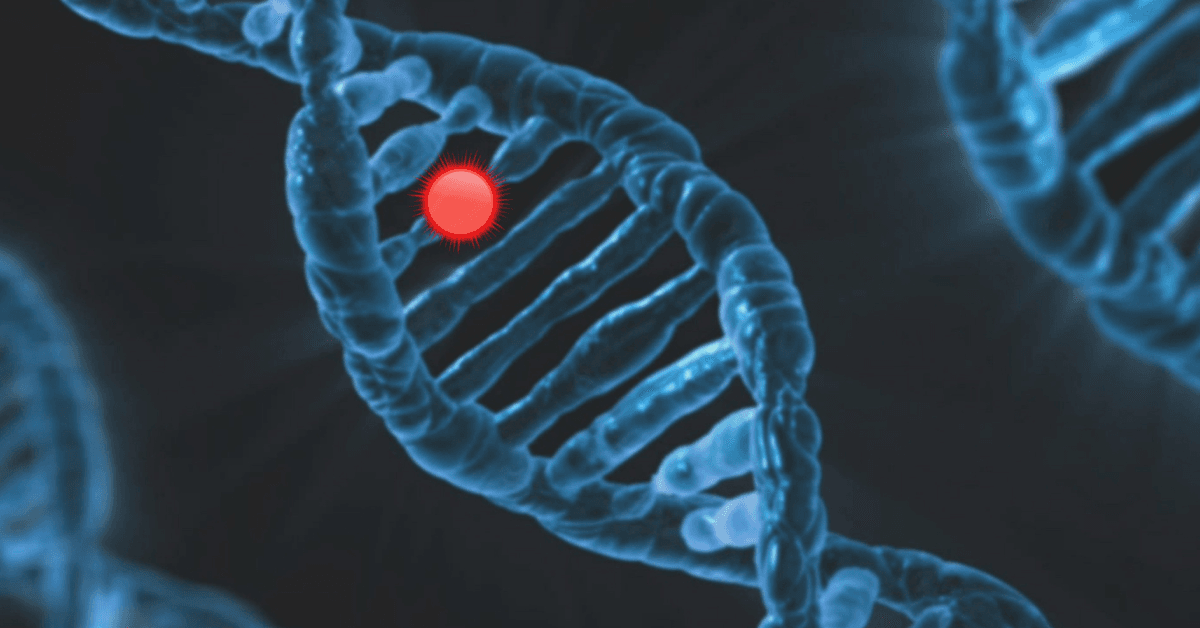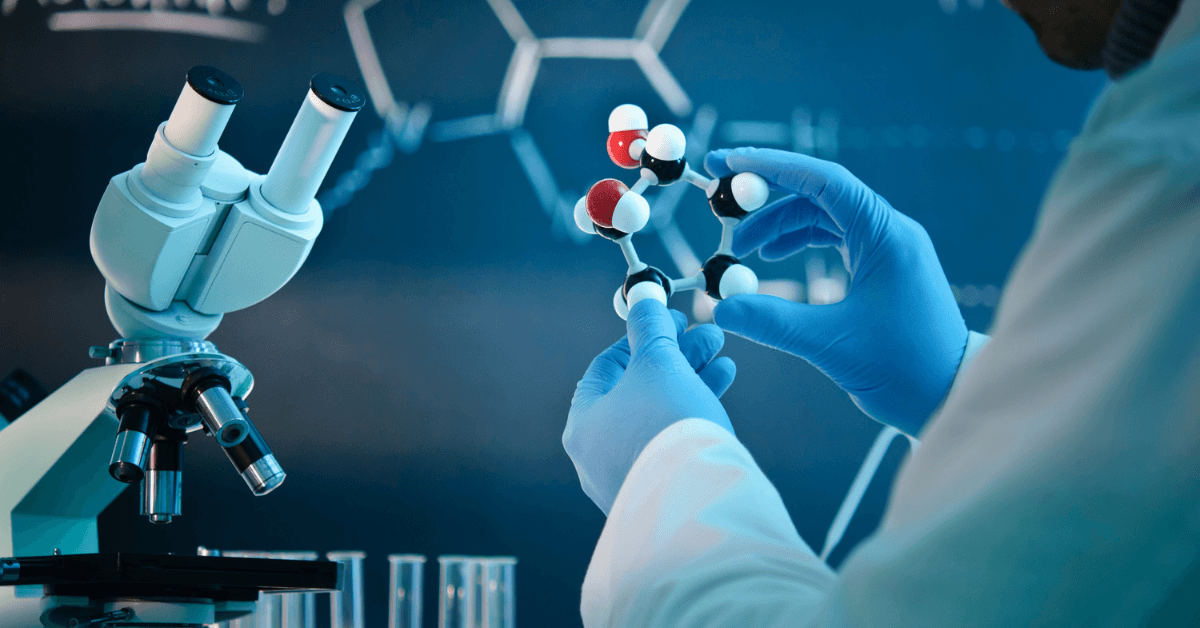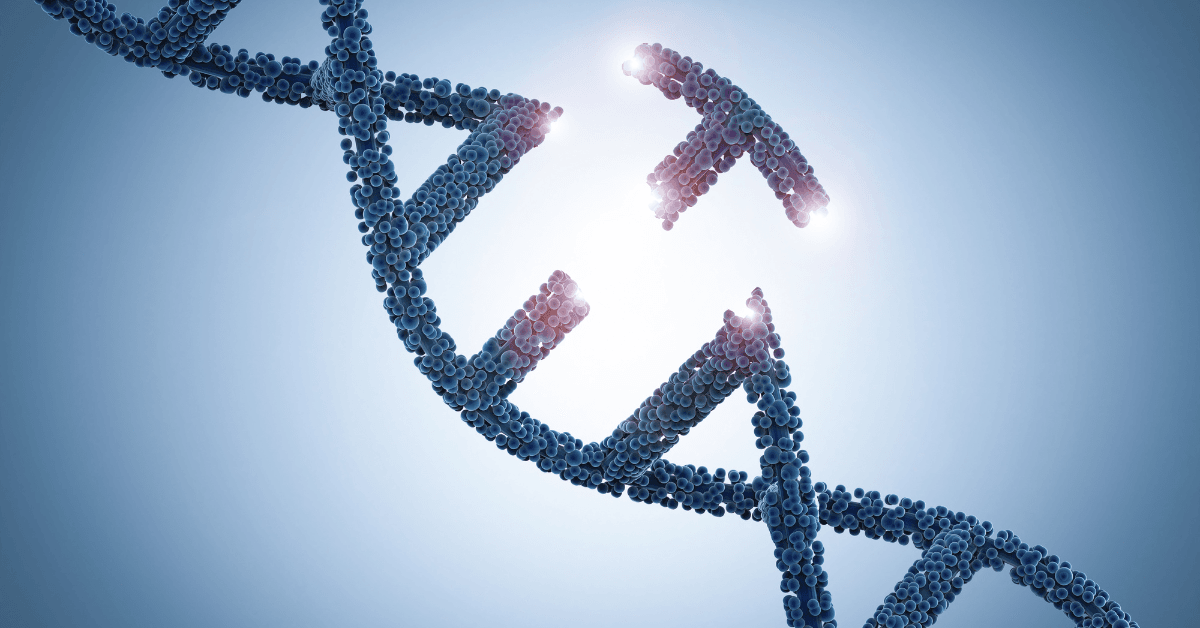Introduction to DNA-Templated Synthesis
DNA-templated synthesis is an innovative method that combines biology and chemistry. DNA-templated synthesis-It uses DNA as a guide to create complex structures and chemicals. This method has become popular in areas like materials science, synthetic biology, and nanotechnology. Researchers have used the natural features of DNA to create better, faster, and larger-scale artificial methods.
In this blog, we will discuss DNA-templated synthesis. We’ll explain what it is, how it works, its uses, and how it could change different businesses. Whether you are new to this area or want to learn more, this guide will give you the important information you need to understand this new technology.

What is DNA-Templated Synthesis?
DNA-templated synthesis is the process of using a DNA molecule to help create other molecules or structures. The DNA template remains unchanged; it acts as a support for other chemical processes to happen. This method imitates how DNA naturally copies itself by creating new DNA strands using a pre-existing DNA template.
The benefit of DNA-templated synthesis is that DNA binds very specifically. DNA molecules have specific pairs of bases: adenine pairs with thymine, and cytosine pairs with guanine. This setup allows for accurate relationships between the molecules. You can create many different types of substances using this method, including organic molecules and inorganic materials like nanoparticles.
How DNA Guides Synthesis-DNA-templated synthesis
Molecular shapes are made by following the order of nucleotides in a DNA strand. This is how DNA-templated synthesis works. The process has a few important steps:
DNA Hybridization: Using complementary base-pairing rules, a short DNA sequence (oligonucleotide) aims to bind with the target DNA template.
Template-Assisted Reaction: Following the joining of DNA strands, the template facilitates the desired chemical process. DNA has a specific structure that helps other molecules bind to it.
Polymerization: Sometimes, the process of making substances includes connecting smaller molecules to form long chains called polymers. The DNA guide can tightly control this process, resulting in exact polymer shapes.
Final Product Formation: Once the synthesis is done, the new molecules or materials are separated from the DNA template, which stays whole and can be used again for more processes.
Uses of DNA-Templated Synthesis
DNA-based creation has enormous potential in many areas. Here are some main uses:
1. Nanotechnology and Materials Science
Scientists can create unique,e tiny shapes using DNA, a flexible material. Scientists have used templates to shape the growth of nanoparticles, allowing them to create very organized and accurate nanomaterials. Technology, medicine delivery, and the creation of new materials with unique features can all benefit from this.
For example, scientists have used DNA to help create gold nanoparticles in specific forms like cubes, rods, or spheres. Sensors, catalysts, and medical devices could use these specially made tiny structures.
2. How Do We Deliver Medicines?
One of the most intriguing uses of DNA-based methods is in delivering drugs. We can use DNA to create tiny particles or bubbles that hold medicine. We can design these DNA carriers to deliver drugs to specific areas of the body. This makes medicines work better and lessens side effects.
DNA can carry different molecules with high accuracy, making it useful for delivering drugs specifically for diseases like cancer. This precise delivery helps reduce damage to healthy cells.

3. Gene editing and synthetic biology-DNA-templated synthesis
DNA-based synthesis is important for gene editing and creating new biological systems. This process creates complicated genetic setups that can change organisms or form new biological paths. For instance, DNA-based processes can create new oligonucleotides for CRISPR gene editing tools, allowing for more accurate changes to genes.
Researchers can create special DNA sequences that have specific jobs in live cells. This opens up new ways to make synthetic organisms or engineered materials.
4. Artificial Enzymes and Catalysts
Through a process known as templating, DNA can assist in creating artificial enzymes that function similarly to natural enzymes. Industries such as energy production or the breakdown of harmful substances could utilize these DNA-based catalysts. Creating efficient synthetic catalysts could lower costs and lessen environmental harm in many chemical businesses.
5. Biocompatible Electronics
The biocompatibility of DNA makes it an ideal choice for developing bioelectronics. DNA-based methods can create circuits and sensors that work with living systems. Medical tests or environmental monitoring can utilize these devices. These DNA-based devices could be placed inside living things to watch biological activities and provide real-time information.
Advantages of DNA-Templated Synthesis
Using DNA in synthesis has many benefits compared to traditional chemical ways. Some important advantages are:
1. Accurate and detailed.
DNA can naturally stick to matching sequences, which allows DNA-guided creation to form complicated structures very accurately and specifically. It’s challenging to get this amount of control using regular methods.
2. Scalability
Industry can benefit from large-scale DNA-based activities. DNA’s flexible design helps in producing materials on a larger scale, which means we can make a lot of the product we want.
3. Cost-Effectiveness
We can easily and cheaply make DNA, a natural material. Because of this, using DNA to help with synthesis is a cost-effective option compared to other ways. Also, being able to use DNA templates several times lowers the production costs.
4. Genome-Templated Synthesis: A Flexible Method
Versatility DNA-templated synthesis can create many different types of chemicals and materials. This flexibility creates many opportunities in areas like healthcare, electronics, and environmental tracking.
Problems in DNA-Templated Synthesis
DNA-templated synthesis has a lot of promise, but it also has some challenges:
DNA-templated processes need very specific conditions, like temperature and pH, to work well. Improving these situations can take a lot of time and be tough.
Scalability Issues:
Although DNA-templated synthesis can be scaled up in theory, it is still difficult to produce big quantities of complex molecules or materials. Making things more efficient in this area is something researchers are always working on.
Ethical Issues:
Like many technologies that change genetic material, DNA-templated synthesis brings up ethical concerns about how it could be misused. It is important to find a mix between new ideas and safety when developing this technology responsibly.

The Future of DNA-Templated Synthesis
The future of DNA-templated synthesis is promising. Researchers are improving DNA-based technologies and solving current problems, which will likely lead to their use in various fields like medicine, energy, and materials science.
One of the most exciting possibilities is to use DNA-based methods along with new technologies like artificial intelligence and robots. Automating the creation and improvement of DNA sequences could greatly enhance our ability to create complex materials and biological systems.
In conclusion
DNA-templated synthesis is a new and effective way to build molecules and create materials. This method can change many businesses, including drug delivery and nanotechnology. Researchers are using the accuracy, ability to grow, and flexibility of DNA to discover new opportunities for the future.
If you’re interested in DNA-templated synthesis and want to keep up with the latest news, follow our blog for updates on new technologies. There are many options available, and we are just beginning.
Take Action
If you want to learn about DNA-templated synthesis or how to use it in your own projects, please contact us! We want to discuss how this technology can help your projects, whether you’re in school, work, or love science.
FAQ:
What is the template for the creation of DNA?
- DNA serves as a guide for making both RNA and DNA. The template strand of DNA helps create matching RNA or DNA strands during transcription or replication.
What is DNA templating?
- DNA shaping means using one strand of DNA to make a matching strand. This process is important in both transcription (RNA synthesis) and replication (DNA synthesis)
Formatted polymerization DNA— what is it?
- Templated polymerization DNA is a process where a new polymer chain is made by following the pattern of an existing DNA strand. This method helps in creating matching molecules in a very precise way.
What is the creation of RNA using a DNA template?
- The process of making RNA from a DNA guide is called transcription. RNA polymerase reads the DNA strand and makes a matching RNA strand.
What is the creation of RNA using a DNA template?
- During transcription, one strand of DNA acts as a guide for making RNA. RNA polymerase builds a matching RNA strand using the DNA code.



